Fort Benjamin Harrison was a U.S. Army installation established June 28, 1904, in Lawrence Township. Shortly after the conclusion of the of 1898, Secretary of War Elihu Root, with the local guidance of Lieutenant Colonel Russell B. Harrison, helped to relocate the situated in downtown Indianapolis.
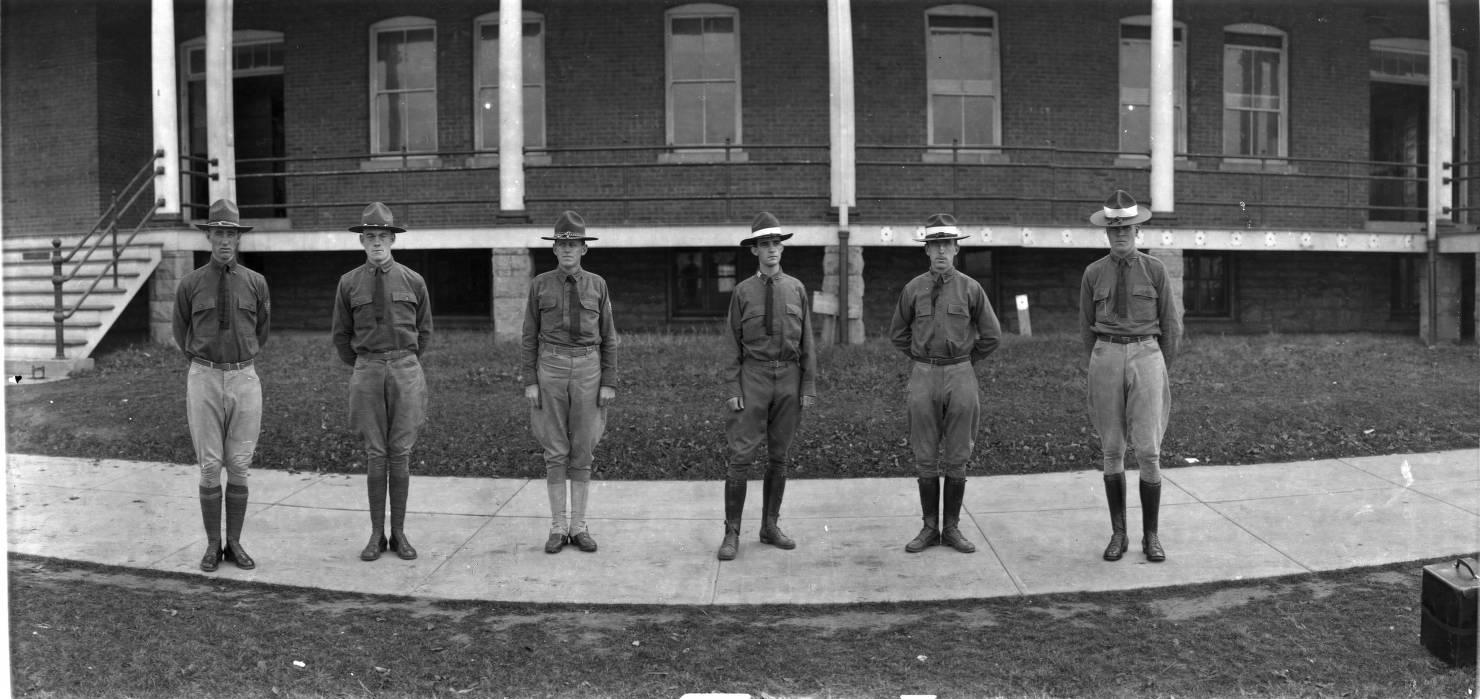
The federal government purchased land for a new site consisting of 1,994 acres for $279,238.01 from local farmers. At the request of President Theodore Roosevelt and Lt. Col. Russell B. Harrison, Root named the post after , resident of Indianapolis and 23rd president of the United States. Fort Benjamin Harrison was among several new military installations responsible for maintaining an expanded national army of nearly 100,000.
The U.S. Army constructed Fort Harrison to garrison one regiment of infantry, but during World Wars I and II the post became one of the nation’s largest training and mobilization sites. Its convenient location on some of the nation’s major highways and railroads made the Indiana post easily accessible for troop units and individuals called to duty from the Midwest.
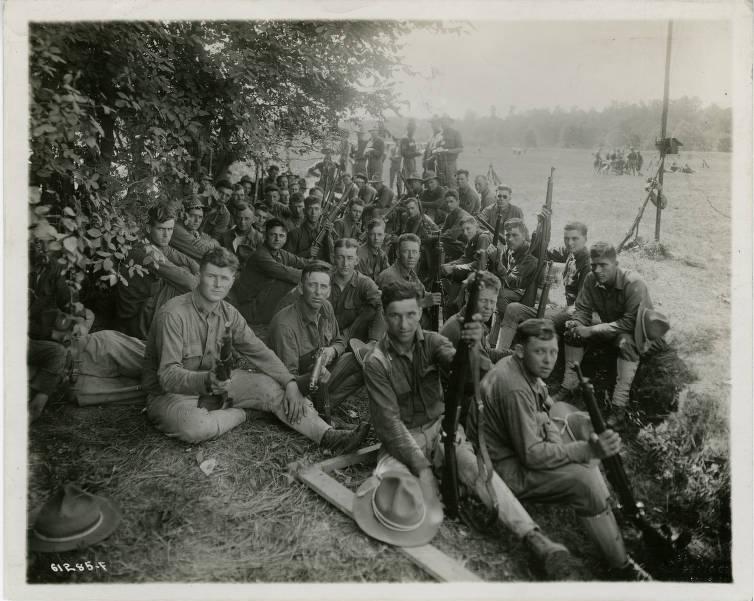
During World War I, the post hosted three large officer training camps and became the training ground for hundreds of medical and engineering specialists. In the interwar years, Fort Harrison also served as an organizing and training grounds for civilian groups like the Civilian Conservation Corps (CCC) and the Civilian Military Training Camp. From 1933-1938, CCC units posted at Fort Harrison worked on reforestation and infrastructure projects on the grounds of the base. Officials at Fort Harrison also built a 100-acre airfield on March 26, 1922, that was dedicated to pilot, Earl J. Schoen of Indianapolis. The airfield was located on a tract of land east bounded by Spring Valley Road, 56th Street on the North, and the Big Four Railroad on the south.
During , Fort Harrison proved adaptable to a variety of missions essential to a wartime army. Used largely for the purpose of inducting thousands of young Americans into the Army during the war, the post also became a training ground for Army cooks and bakers, chaplains, finance specialists, and medical technicians. In addition, Fort Harrison became the site of one of the Army’s largest hospitals, known as Billings General Hospital, named for Colonel John Straw Billings from Switzerland County, Indiana, who served as a surgeon during the Civil War. Billings Hospital was used to treat thousands of wounded American servicemen. In the latter stages of the conflict (1944-1947), the induction center was converted into a branch disciplinary barracks of the main facility at Fort Leavenworth, Kansas. Fort Harrison also briefly housed a German and Italian prisoner of war camp from 1943 to 1944.
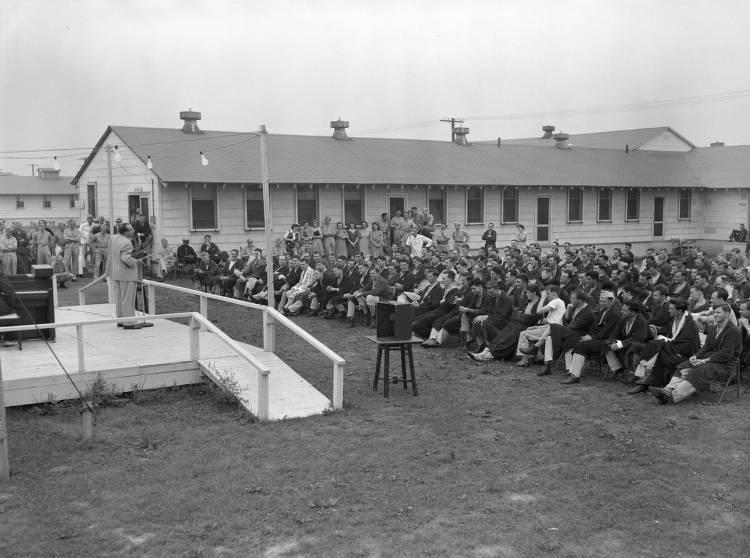
Fort Harrison was too small to resume its prewar infantry training mission, so the War Department decided in July 1947 to close the post. Secretary of War Kenneth C. Royall rescinded that decision and turned the Army base over to the Air Force. The 10th Air Force briefly occupied the installation before it was returned to the Army in January 1950.
In March 1951, two Army branch service schools, the Adjutant General’s School and the Finance School, moved to Fort Harrison, making it the training base for Army personnel and finance specialists. For residents of Indianapolis and Marion County, the became the most recognizable landmark at Fort Benjamin Harrison, colloquially known as Fort Ben. Completed in October 1953, the huge complex consolidated all of the Army’s related pay and disbursing activities that had been scattered across the country since the end of World War II.
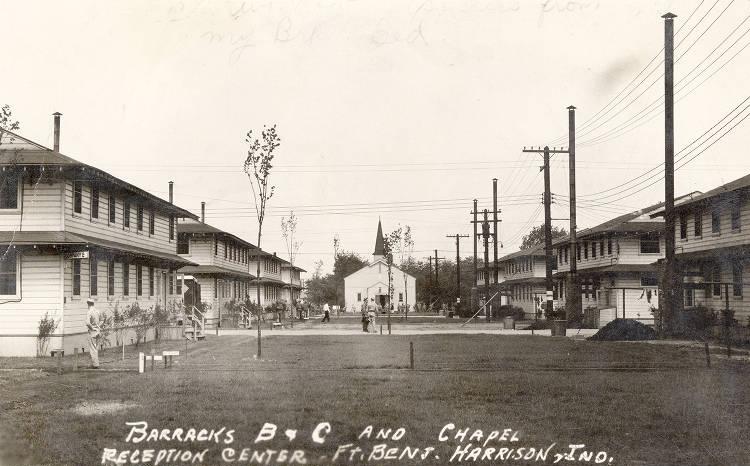
The completed structure covered more than 14 acres, measured 996 feet long and 612 feet wide, and stood second only to the Pentagon as the largest building owned by U.S. Department of Defense. On March 1, 1958, the new building also became home of to the U.S. Army Enlisted Records and Evaluation Center, an agency responsible for recording and evaluating the performance of the Army’s enlisted soldiers for purposes of pay and promotion. A third school, the Defense Information School, moved to Fort Harrison in January 1966, to train public affairs specialists for all the nation’s military services.
In 1973, the U.S. Army undertook a major reorganization that led to the creation of the U.S. Army Administration Center at Fort Ben. This reorganization centered around the training mission of the Adjutant General’s School, the Finance School, and the Defense Information School at Fort Harrison, establishing a coordinating and planning agency for wartime personnel, finance, religious, legal, medical, and public affairs support activities. On July 1, 1980, officials redesignated U.S. Army Administration Center as the U.S. Army Soldier Support Center to more accurately reflect a mission that had grown beyond the limited features of Army administration.
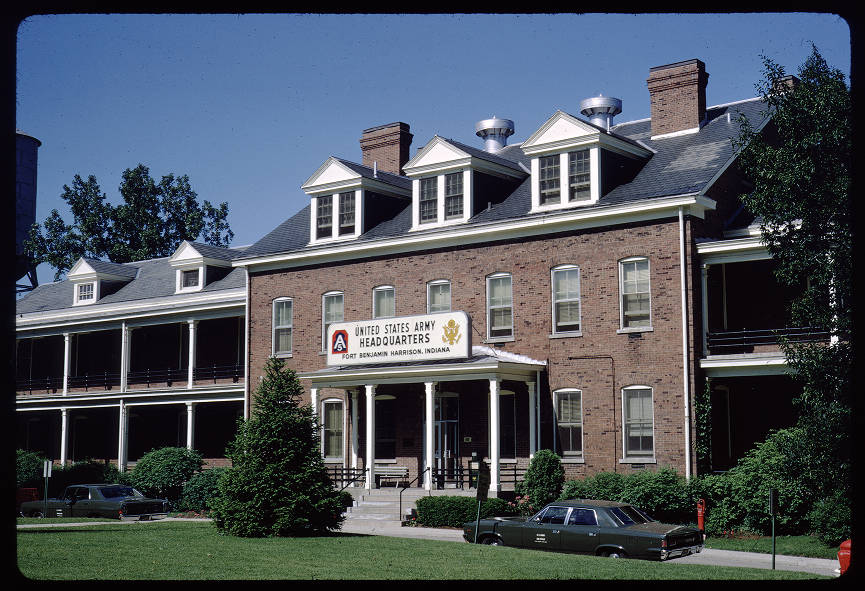
On October 12, 1973, officials dedicated the William D. McGee U.S. Army Reserve Center, a $1.5 million complex located on the eastern edge of the post. Architects designed the center to house the Headquarters, 123rd U.S. Army Reserve Command (ARCOM) and to accommodate the training requirements of the six local Reserve units under its authority. Following the dedication of the Reserve Center, the Fort Harrison mission centered around the activities of the Soldier Support Center, the Defense Information School, the Defense Finance and Accounting Service, the Enlisted Records and Evaluation Center, and the 123rd ARCOM.
With the end of the Cold War in the late 1980s and early 1990s, congressional pressure to decrease the size of the military-led to a series of initiatives to streamline some military organizations and eliminate others. In the hope of increased efficiency, the Department of Defense, in November 1990, consolidated all military finance and accounting agencies into one organization called the Defense Finance and Accounting Service (DFAS). Accordingly, the Army’s Finance and Accounting Center at Fort Harrison became an entity under the new DFAS organization.
One side of the military “drawdown” caused the elimination of a number of active military units and installations around the world. Fort Harrison experienced its first reduction in operations when the Soldiers Support and Missionary Integrating Centers were transferred to Fort Lee in Virginia in 1989, followed by further consolidation of the Training and Doctrine Combat Development Center program (TRADOC), which affected the Adjutant General and Finance Schools at Fort Harrison.
An additional round of Congressional defense spending cuts under the Base Realignment and Closure Act of 1990 pushed Secretary of Defense Dick Cheney, along with an appointed base closure commission, to list Fort Benjamin Harrison as one of 35 additional military installations slated for closure and realignment. The closure plan called for most of the major activities at the post to be moved to other locations. The 123rd ARCOM was left in place, because of its importance to the Army Reserve program in central Indiana. State and local politicians, certain of the closings potentially damaging impact on the Marion County economy, immediately lobbied to keep the Defense Finance and Accounting Service and its 2,500 civilian jobs in the Indianapolis area.
Despite state and local opposition to the base’s closure, the Defense Base and Realignment Commission proceeded with its initial decision to close Fort Harrison. Over the next six years, the Army, Department of Defense, local governments, and state officials worked together to devise a plan to phase out the military presence former military post by October 1997. From 1992 to 1997, the U.S. federal government, various Indiana state agencies, the city governments of Indianapolis and , and citizen advocacy groups worked together to develop a reuse plan for the former base. The strategic planning and compromises allowed approximately 70 percent of the post to be converted into an Indiana state park, .
In 2020 Fort Harrison has become widely recognized as the model for reuse and redevelopment of military installations. Much of the former military base has been preserved with the state park and close to 50 buildings converted into unique residential, commercial and office use.
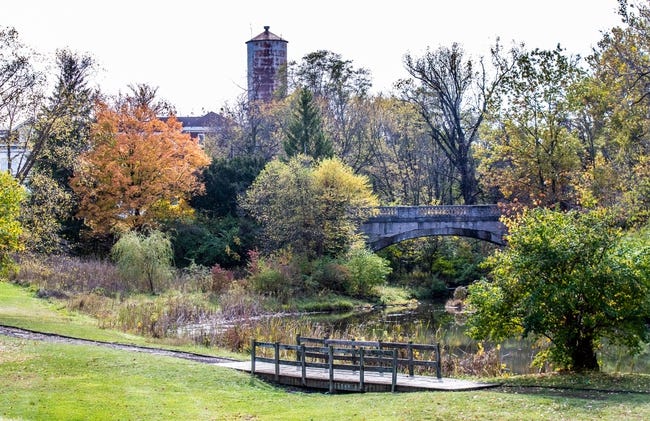
The former fort boasts a thriving tech campus, dining opportunities a former blacksmith shop, mule barn, and Army barracks, and cultural and recreational amenities such as a golf course (designed by the esteemed golf-course designer ), a historical military theater, and a .

Help improve this entry
Contribute information, offer corrections, suggest images.
You can also recommend new entries related to this topic.